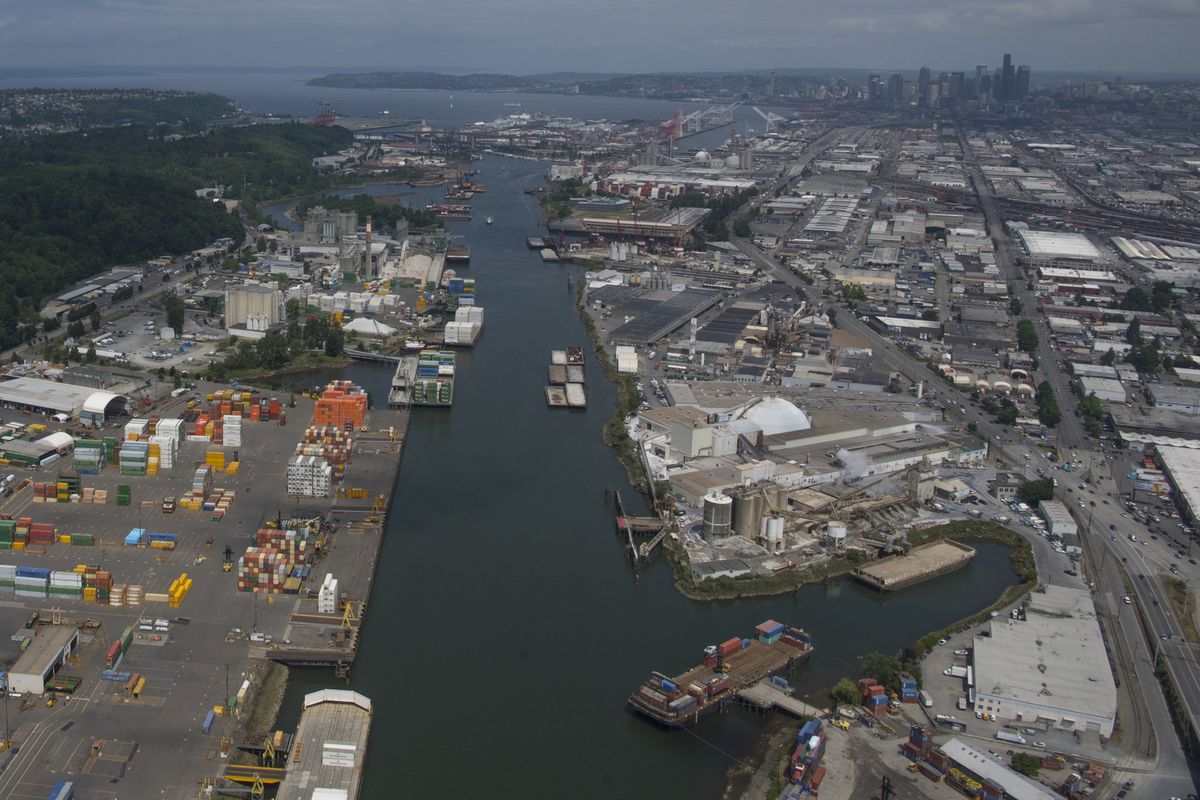Climate change in Washington: Working together to heal the environment

A recent Gallup poll shows that more than half of Americans perceive climate change as a distant problem. Many believe that other parts of the world will be affected, but not the U.S., their state or their community.
The truth is, climate change is affecting the lives of people right now, right here in Washington state, on a variety of fronts.
“The good news is that there’s a lot we can do, as communities and individuals, to implement climate change solutions. If everyone works together, our small changes can add up to make a big difference.” says James Schroeder, director of conservation for The Nature Conservancy in Washington. “We all need to work together to heal our environment.”
Climate Change Affects Everyone
Natural disasters — forest fires, flooding and rising temperatures — are affecting farmers statewide. “A lot of farmlands in the Skagit Valley are at sea level or just a little below,” says Harley Soltes, owner of Bow Hill Blueberries. “Flooding is already an issue, and as sea levels continue to rise, it will become harder to maintain a buffer between the ocean and the farmland.”
Entire cultures are being affected by climate change. “Salmon are a huge part of our culture, they’re in our songs, our stories, our ceremonies, and our diet,” says Shawn Yanity, tribal chairman of the Stillaguamish Tribe of Indians of Washington, headquartered in Snohomish County. The tribe used to have 30 fishermen and now they are down to only three because the salmon population in the watershed has diminished so severely during the past few years.
“A piece of our history is being removed. We’re not able to go out on the river and provide salmon for our ceremonies, provide for our elders, and our community. Losing that identity, not being able to take care of our families, is devastating.”
Communities Working Together for Climate Change
As for our cities, Seattle’s air quality was worse than in Los Angeles, New York or Beijing on numerous days in July and August due to forest fire smoke drifting down from British Columbia. And natural disasters aren’t the only concern: Georgetown residents have less-than-desirable environmental factors, as an industrial-zoned region located next to the Duwamish River.
Residents are expected to live 13 years less than those who live in other Seattle neighborhoods because of declining air quality and carbon pollution due to industrial facilities, frequent freight trains and large diesel trucks. In addition, the rates of childhood asthma in this neighborhood are the highest in the entire city.
Green plants are natural air filters, the pores breathing in carbon dioxide, so it makes sense that one of the best ways to combat air pollution in our cities is creating a “green infrastructure.” In cities throughout Washington, The Nature Conservancy is partnering with environmental community groups, providing grants to develop natural solutions like rain gardens, green walls and other green spaces to filter pollution from our air as well as toxic stormwater runoff from streets and highways.
King County Wastewater Treatment Division, Just Health Action, and Duwamish River Cleanup Coalition recently joined forces to address the poor air quality in Georgetown. This led to the development of a 126-foot-long, 13-foot-high green wall in front of CDL Recycle facility in the neighborhood. By end of 2018 there will be two green walls in Georgetown and two in South Park, a neighborhood on the west side of the Duwamish River.
“We are working to improve the air in the Duwamish Valley area,” says Paulina Lopez, community engagement and outreach manager, Duwamish River Cleanup Coalition. “The community needs to be empowered, and needs to be heard, and needs to take action. Having a green wall is a great example of collaboration of work, but also as showing that concrete action can be taken and that can help improve air quality. This is a way, also, of showing the community that if you speak up, you can make a change.”
“Community buy-in was critical to the success of this project,” says Andrew Schiffer, a Georgetown resident and community advocate involved in designing the green wall. “Every time we came to a decision point, we asked residents what they wanted to do. They saw their input was critical and this gave them greater ownership of the project.”
Community meetings and a neighborhood website were used to poll residents about where they felt the wall was most needed, the material and style of the wall, and the types of plants used. “It was important to have the wall beautiful as well as practical,” Schiffer says. “People wanted to show this is a community worth investing in. They wound up taking a lot of pride in this project.”
Throughout Washington’s communities, pride for our iconic natural environment—and the resources it provides—is a steady constant. But together we are learning that, as our climate is changing, we must change too. “Small changes today are the first step toward unstoppable momentum for conquering the climate crisis,” says Schroeder. “We need everyone.”